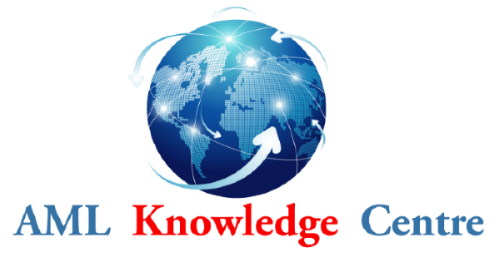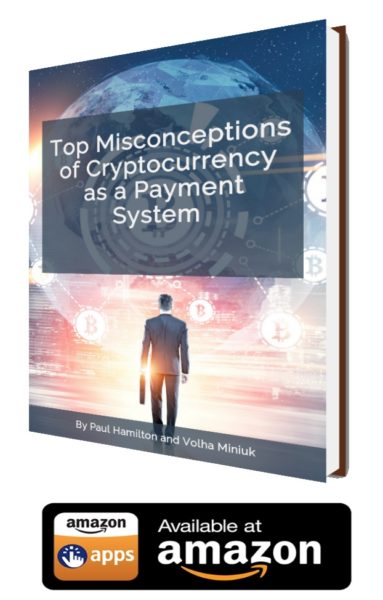Money laundering in Russia has its own characteristics. In the normal world money laundering is the transformation of “illicit money” into “clean money”: criminals selling drugs to invest in real estate, in Russia it is different. There money laundering mostly means turning “clean money” into “illicit money”, for example, by evading taxes or using illegal schemes to withdraw money from the country that could be both illicit and clean. Сompanies trying to transfer legal money abroad because investing in Russia is too dangerous: high political risks, weak legal infrastructure, criminalization and corruption of the economy. To withdraw money from the country companies need an approval from the Central Bank and an economic purpose like a financial or commercial transaction. Along with the money earned in Russia by legal means, there are also sources of illegally earned money:
Where the illegal money comes from?
- Illegal sale of natural resources: oil, natural gas, metals, etc .;
- Smuggling of alcohol, tobacco, weapons, and drugs;
- Income derived from such “classic” types of illegal activities, like extortion (racketeering), prostitution, theft, fraud, theft of cars, etc .;
- Offenses “of white-collar workers”: the plunder of state property and funds, false declarations of income and profits, tax evasion, illegal “flight” of capital.
How does the money laundering work in Russia?
To launder proceeds from illegal activities in the region, banks, exchange offices, non-bank financial institutions, casinos and real estate companies are also used. Most of the laundering operations are carried out using cash or wire transfers, as well as bank and traveler’s checks.
Global Laundry allowed to launder more than $ 80 billion
According to documents received by the international organization of investigative journalists OCCRP, for three years from Russia was withdrawn at least $ 20 billion, but the real amount can be $ 80 billion. Journalists believe that about 500 people were involved in the corruption scheme named Global Laundry, including oligarchs, bankers and individuals.
Money laundering usually took place according to the following scheme: participants registered, for example, in the UK, two fake companies, the real owners of which were hiding behind a chain of off-shores. The authors of the investigation assume that both enterprises actually had the same owners. Then both companies signed a loan agreement, according to which company “A” lends a large sum from company “B”. In reality, the deal was fictitious, and no money was given to company “A”.
The contract stipulated that commercial structures from Russia would act as guarantors of repayment of the loan, which in almost all cases was headed by a Moldovan citizen. The company “A” then declared itself insolvent, and obligations to repay the debt automatically passed to Russian companies.
As the Moldovan citizen was at the head of Russian companies, the lawsuits had to be considered in the Moldovan court. Corrupt judges confirmed the existence of the debt and issued an order to recover from the guarantors the required amount. According to the investigation, more than 20 Moldovan judges were involved in the scheme. Some of them are under investigation now, and the others have resigned.
After the court decision, the bailiffs, who were also involved in the scheme, opened accounts with Moldindconbank in Moldova. To these accounts, Russian companies had to transfer money, thus closing a fictitious debt.
n the end, the money was transferred to the account of the “creditor company”, for the opening of which the Latvian bank Trasta Komercbanka was always selected. Thus, the money legalized by the Moldovan court was on the territory of the EU: swindlers could now dispose of the money at their discretion and transfer them to accounts in other countries.
Mafia capital and money laundering
A characteristic feature of money laundering technologies in Russia is the illegal cashing out of funds in order to conceal traces of origin and subsequent involvement in illegal or legal economic circulation.
“Top Misconceptions of Cryptocurrency as a Payment System”
Which can be read on Amazon Kindle Unlimited for Free You can find more interesting articles by visiting us on one of the following platforms: AML Knowledge Centre (LinkedIn) or Anti-Bribery and Compliance at the Front-Lines (LinkedIn)
Picture: Lyudmila2509 – Shutterstock




